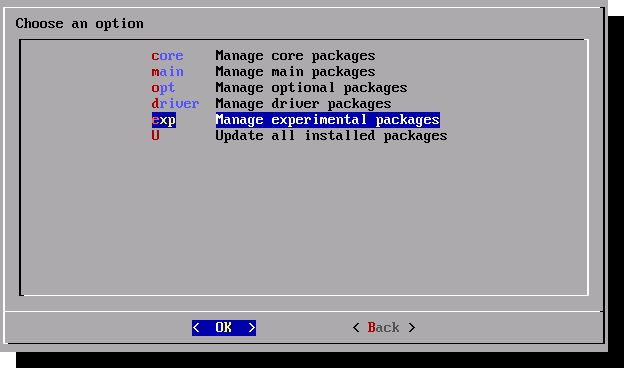


Only removing the entry in the Master File Table, without fully wiping the actual contents of the file, results in much faster deletion. To the operating system, the region on the volume where the actual file is located now appears empty, so from that point on the operating system can use that region to store data for other files, overwriting any existing data that had belonged to the deleted file. When you delete a file, what actually happens is that the aforementioned entry in the Master File Table gets erased, but the actual data, the contents of the file itself, is left completely intact. Whenever a file is created on the volume, an entry is written to the Master File Table with various information about the said file, including what region on the file system it occupies. It acts as a database for all files and folders on that particular volume. What you might NOT know, however, is that after you empty the Recycle Bin (or delete a file using Shift+Delete, which skips the Recycle Bin altogether),files are still not really deleted.Īll volumes on your hard drive contain a file called the Master File Table. Possibly inspired by trash cans in real life, the idea is for users to able to easily restore files they had deleted accidentally or too hastily. You might already know that when you delete a file to the Recycle Bin, it isn’t actually deleted, it’s simply moved to a different, system folder that we know as the “Recycle Bin”, which can be emptied whenever necessary. But do you think that you’ve managed to delete your files permanently? Do you think the files that you’ve just deleted became unrecoverable? Let’s find out! You think that it is easy – just select the file, and press conveniently the Delete key on the keyboard. What happens to your files when you click the delete button?Įvery person that has ever used a computer wanted to delete permanently a file and make it unrecoverable.


 0 kommentar(er)
0 kommentar(er)
